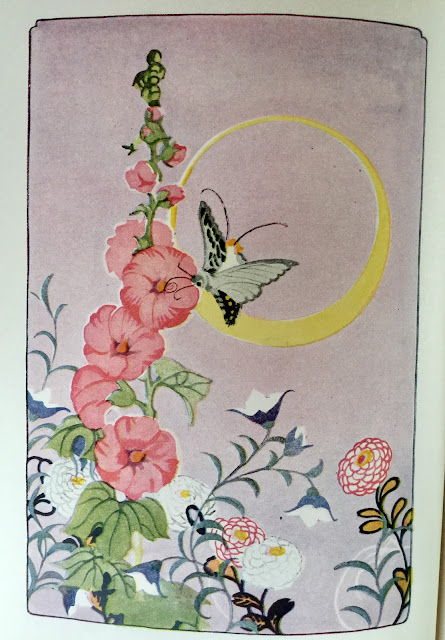In the last few years both my book clubs read Austen: Persuasion and Northanger Abbey. I think they were chosen because they are Jane's shorter novels. I discovered that the general reader today rarely 'gets' Jane. They lack an understanding of Regency society and history. They don't understand Jane's social commentary and satire.
Joan Klingel Ray's Simply Austen provides a solid base for Austen newbies to learn about Jane, her life, and works and the Regency world. Ray is the author of Jane Austen for Dummies and was the only three-term president of the Jane Austen Society of North America. The book is a useful introduction to readers new to Jane but also a "crisp refresher" for those of us who have read her.
Simply Austen will help readers understand the times behind the stories.
Understanding the social milieu is an important part of understanding Jane's novels. In the course I took we learned about the social history and the material culture: what color were puce gloves and which carriages were workhorses and which were the sexy fast ones and what was special about the waters at Bath and how much money was 'enough.' Ray addresses each novel with a summary and background information.
Although Austen's works have timeless themes, going into them with 21st c expectations results in women losing patience with Anne Elliot for being 'persuaded,' as happened in my book club, We are used to liberated, strong-willed females in today's literature. We miss the satire of the Gothic novel in Northanger Abbey and don't understand that scenes were a parody of a popular Gothic novel. (Ray has taught me is pronounced North-Hanger; it refers to the hanger, or wooded hillside, on the estate.)
Ray brought out some things I had not before considered. Such as how Anne Elliot was the only heroine who "has nothing to learn in terms of character growth." Instead, it is Captain Wentworth who has to overcome his well-nurtured hurt pride after Anne turned down his proposal eight years earlier.
The book is dense with information but is written in an accessible style that makes for easy reading.
The ebook is just over 200 pages with illustrations, Forward, Preface, Sources, and Suggested Reading. There are links provided to articles, including a link to the original manuscript of Jane's unfinished novel Sanditon.
Chapters include:
- Jane Austen and her Culture-the Context for her Novels
- Jane Austen and Her Family of Readers
- Jane Austen's Family Enjoys Her Early Writing
- Responding to Trends in Sensibility and Gothicism
- Two Revisions Become Classics
- Austen's Three Chawton Novels
- A Wry Send-up of Health Spas by a dying Novelist
- Janes Austen's Popularity and Legacy
Simply Austen is part of the Simply Charly's "Great Lives" series which offers short introductions to important people in history.
I received a free ebook from the publisher in exchange for a fair and unbiased review.
The Simply Austen epub ebook can be purchased for $7.99 at
https://simplycharly.com/books/?store=%2Fitem%2Fsimply-austen
 |
| Austen Family Album quilt by Nancy A. Bekofske pattern based on Barbara Brackman's Austen Family Album |
 |
| Pride and Prejudice Story Book Quilt by Nancy A. Bekofske |















































